With the rise of autonomous vehicles, traditional liability frameworks are being re-evaluated and restructured to accommodate this new mode of transportation. Emerging liability rules for autonomous vehicle crashes focus on key legal changes, the roles of manufacturers and users, and the broader implications for the automotive industry and society.
The Evolution of Liability Laws
Historically, vehicle liability laws have primarily focused on human drivers, with fault typically determined by the actions or negligence of the person behind the wheel. Traditional frameworks have relied heavily on the concept of driver error, which accounts for the vast majority of road incidents. As vehicles become increasingly autonomous, the focus shifts from human error to technological reliability, prompting significant legislative adjustments.
The integration of autonomous technology into legal frameworks represents a paradigm shift in liability laws. Legislators are tasked with creating new rules that consider the unique aspects of autonomous vehicles, such as their reliance on complex software and hardware systems. Key legislative changes have emerged in several jurisdictions. For instance, the UK introduced the Automated and Electric Vehicles Act 2018, which outlines the insurance and liability requirements for automated vehicles, ensuring that victims of autonomous vehicle crashes receive compensation.
Determining Fault in Autonomous Vehicle Crashes
In the realm of autonomous vehicles, determining fault in crashes is a complex process that often involves scrutinizing both software and hardware components. Software failures, such as bugs or algorithmic errors, can lead to unintended vehicle behavior, while hardware issues may involve sensor malfunctions or connectivity problems. Identifying the precise cause of a crash is critical in assigning liability, which may rest with the manufacturer, the software developer, or in some cases, the vehicle owner.
Data from autonomous vehicles plays a crucial role in crash investigations. Advanced data recording systems, akin to the black boxes used in aviation, capture vast amounts of information about vehicle operations and conditions leading up to a crash. This data aids investigators in reconstructing events and determining fault. Courts are increasingly relying on this data to interpret fault, with some landmark cases setting precedents in how autonomous vehicle incidents are adjudicated. For example, in a 2019 case involving a Tesla Model S crash, data from the vehicle’s onboard systems was pivotal in determining that the Autopilot feature was engaged, shifting liability towards Tesla.
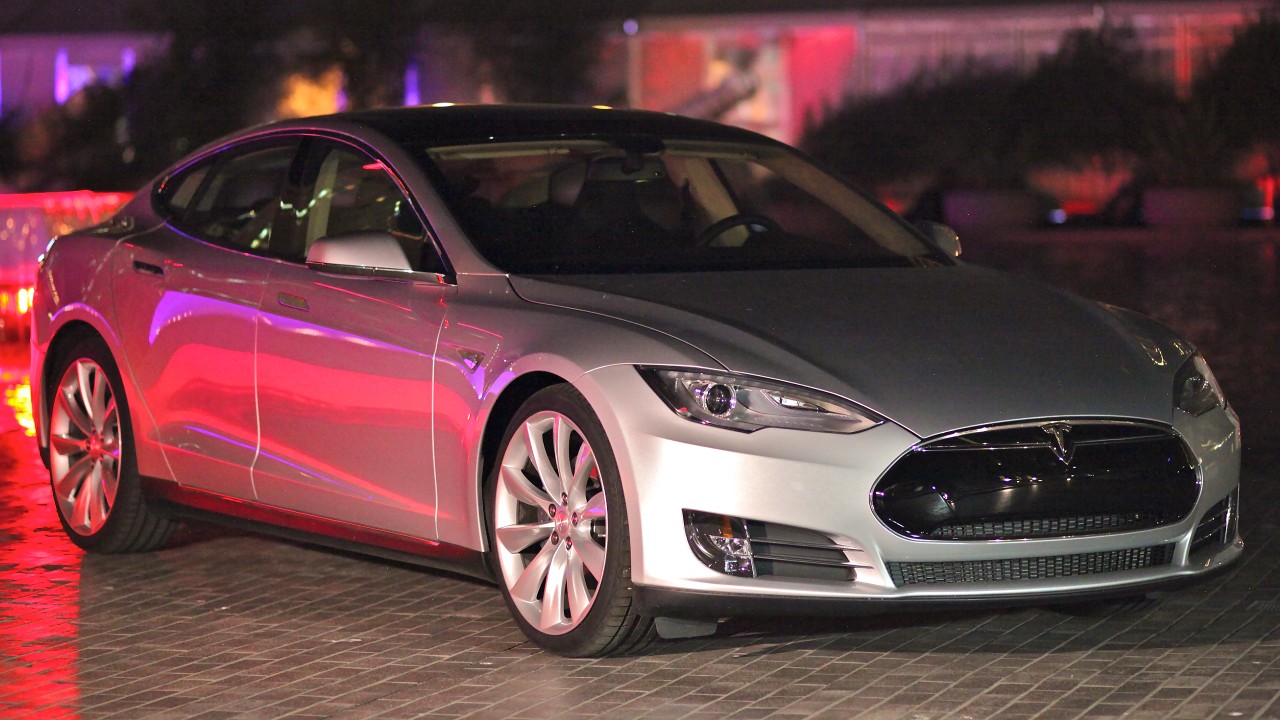
Manufacturer vs. User Responsibility
The question of who bears responsibility in autonomous vehicle incidents is a contentious issue. Manufacturers are often held accountable for failures in the technology they produce. The extent of their liability can depend on whether the incident was caused by a defect in the vehicle’s autonomous systems. In some cases, manufacturers may face significant financial and reputational repercussions if found liable for accidents caused by their vehicles. This was evident in a 2018 incident involving an Uber self-driving test vehicle that resulted in a pedestrian fatality, leading to increased scrutiny and regulatory requirements for testing autonomous vehicles.
On the other side, users of autonomous vehicles may also bear responsibilities, particularly in scenarios where shared liability is applicable. This concept recognizes that while the vehicle may be operating autonomously, users still have a duty to maintain their vehicles and ensure they are operating within legal and safe parameters. Legal precedents have begun to shape these responsibilities, with courts sometimes finding users partially liable if they fail to intervene in a situation where manual control might have prevented an accident.
Insurance and Autonomous Vehicles
The rise of autonomous vehicles has prompted significant changes in the insurance industry. Traditional insurance policies, which focus on the liability of human drivers, are being reimagined to accommodate autonomous technology. Many insurers are developing new products that specifically cover autonomous vehicle crashes, taking into account the unique risks associated with these vehicles.
Insurance companies play a crucial role in influencing liability rules and regulations. By assessing risk and setting premiums for autonomous vehicles, insurers can drive changes in how liability is allocated. Some insurers have begun offering discounts for vehicles equipped with advanced safety features, reflecting the lower risk they perceive these vehicles to pose. However, accurately assessing risk remains a challenge, as the long-term safety record of fully autonomous vehicles is still being established.
Broader Implications for the Automotive Industry and Society
The introduction of new liability rules for autonomous vehicles has far-reaching implications for the automotive industry. Manufacturers are being pushed to innovate and improve the safety and reliability of their products, as liability concerns directly impact their bottom line. This pressure is likely to accelerate advancements in autonomous technology, leading to safer and more efficient vehicles.
Public perception and adoption of autonomous vehicles are also influenced by these changes. As liability frameworks become more defined and consumers gain confidence in the safety of autonomous vehicles, adoption rates are expected to rise. However, public trust remains a key challenge, as high-profile incidents and legal uncertainties can deter potential users.
On a global scale, the potential for international harmonization of autonomous vehicle liability laws is being explored. As countries develop their own regulations, the need for a cohesive international framework becomes apparent, particularly for manufacturers operating in multiple markets. Harmonized laws could facilitate cross-border travel and trade, ultimately supporting the growth of the autonomous vehicle industry worldwide.
Like Fast Lane Only’s content? Be sure to follow us.
Here’s more from us:
*Created with AI assistance and editor review.

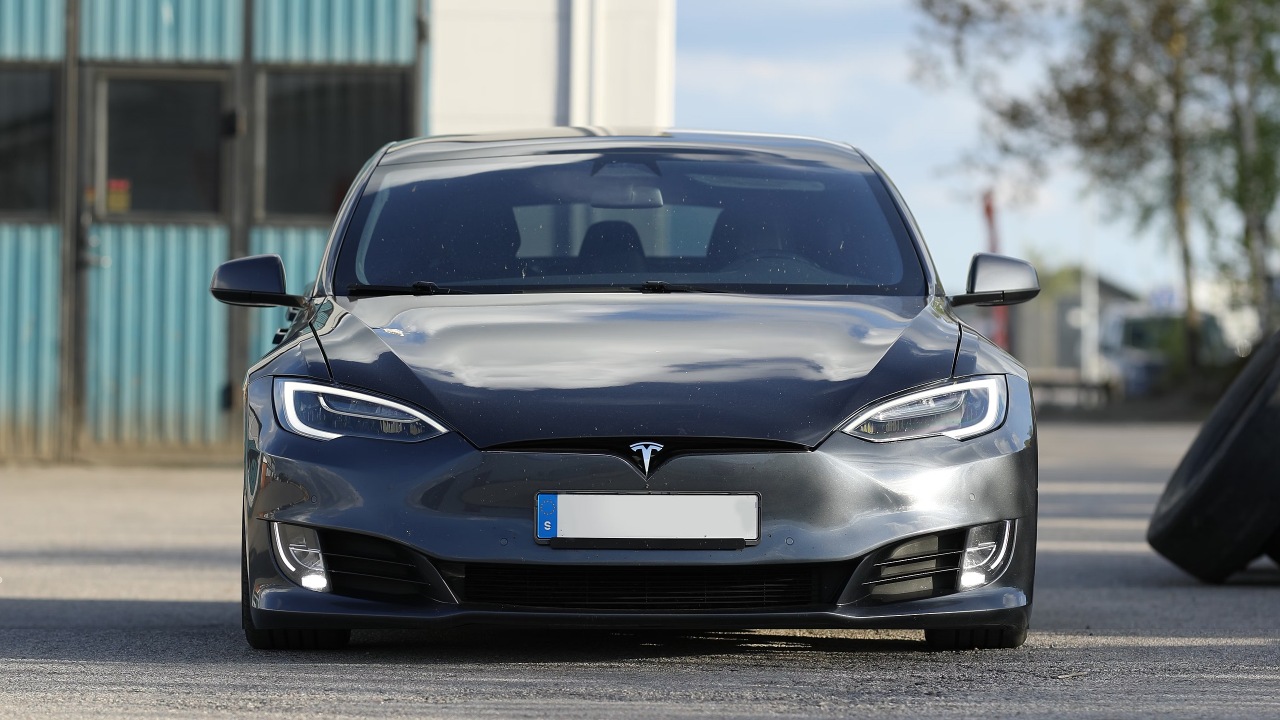
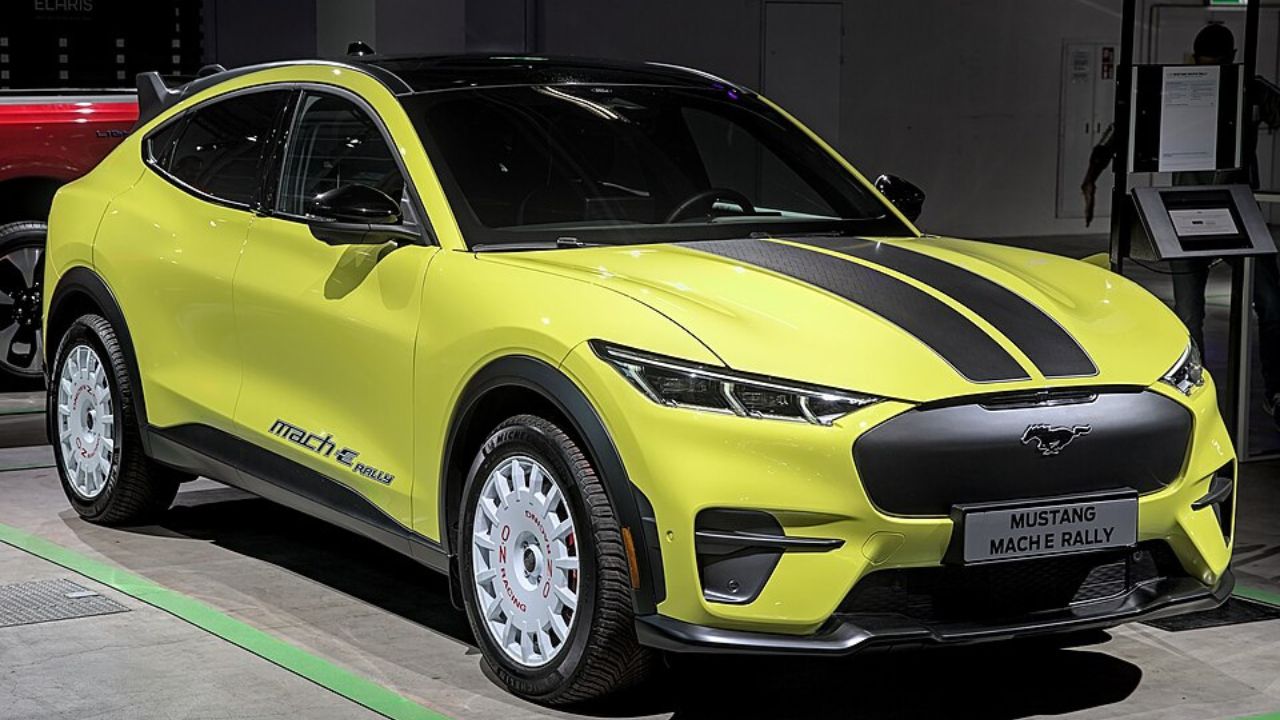
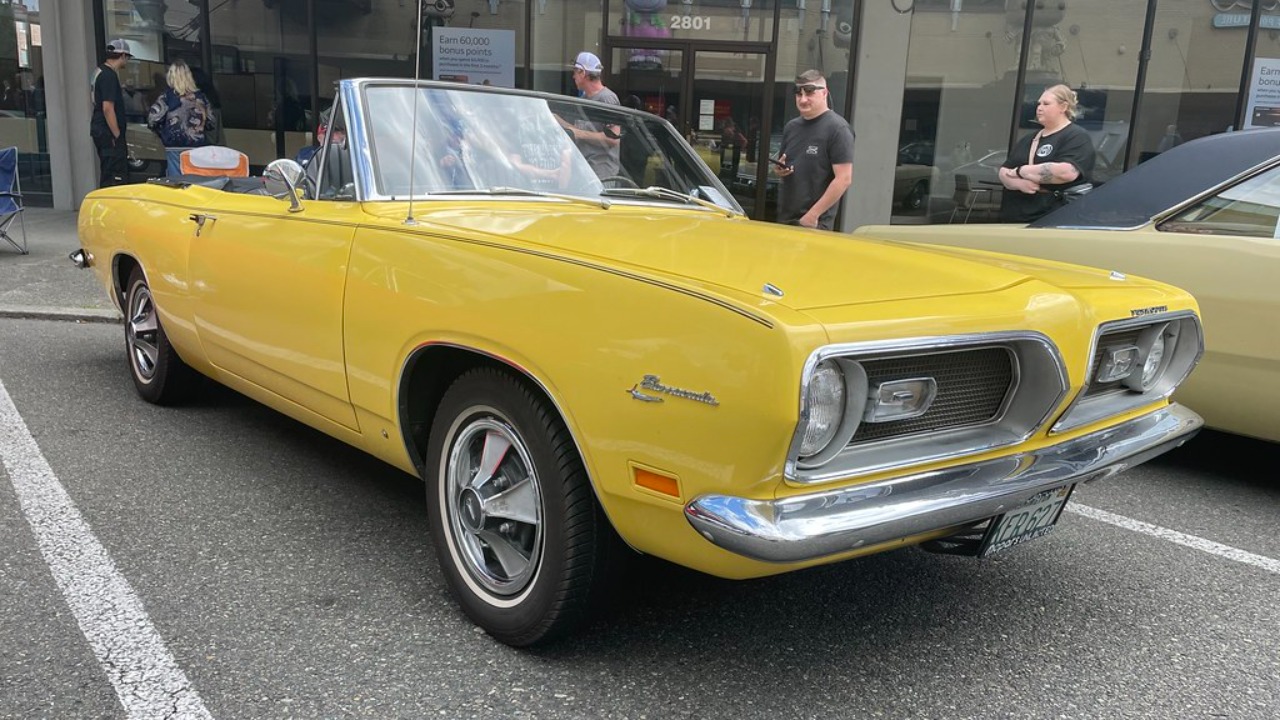
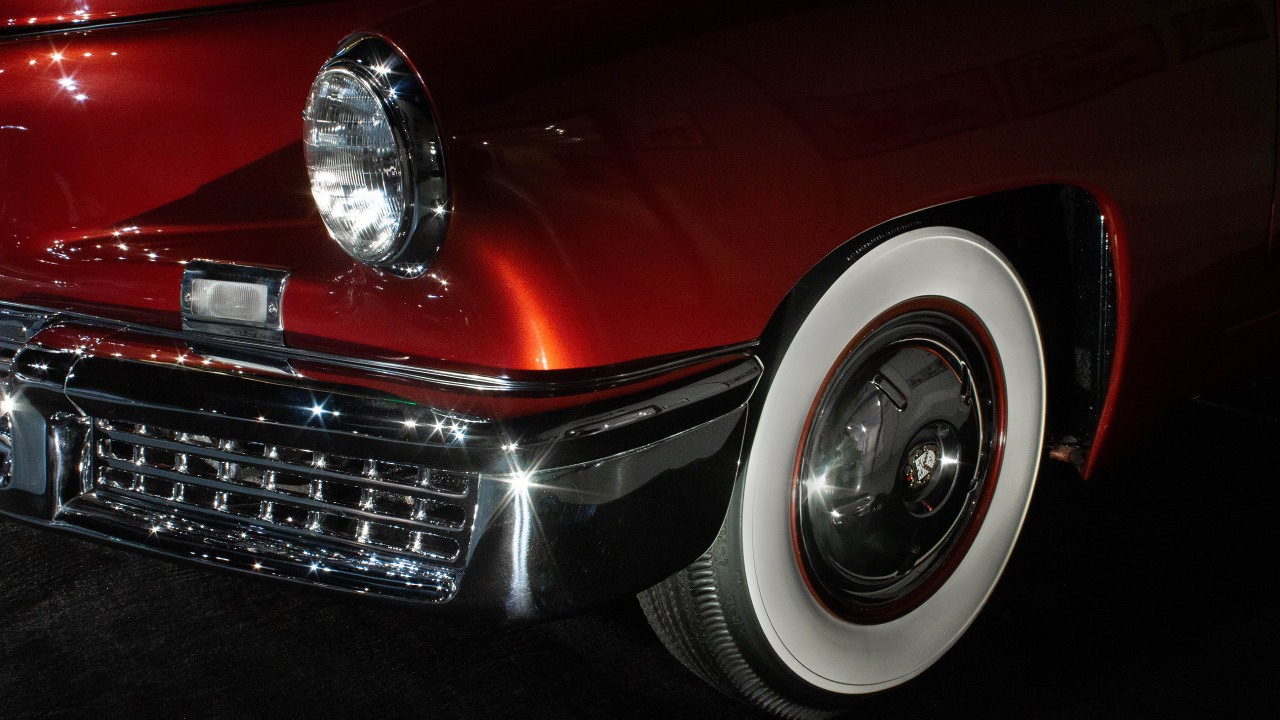
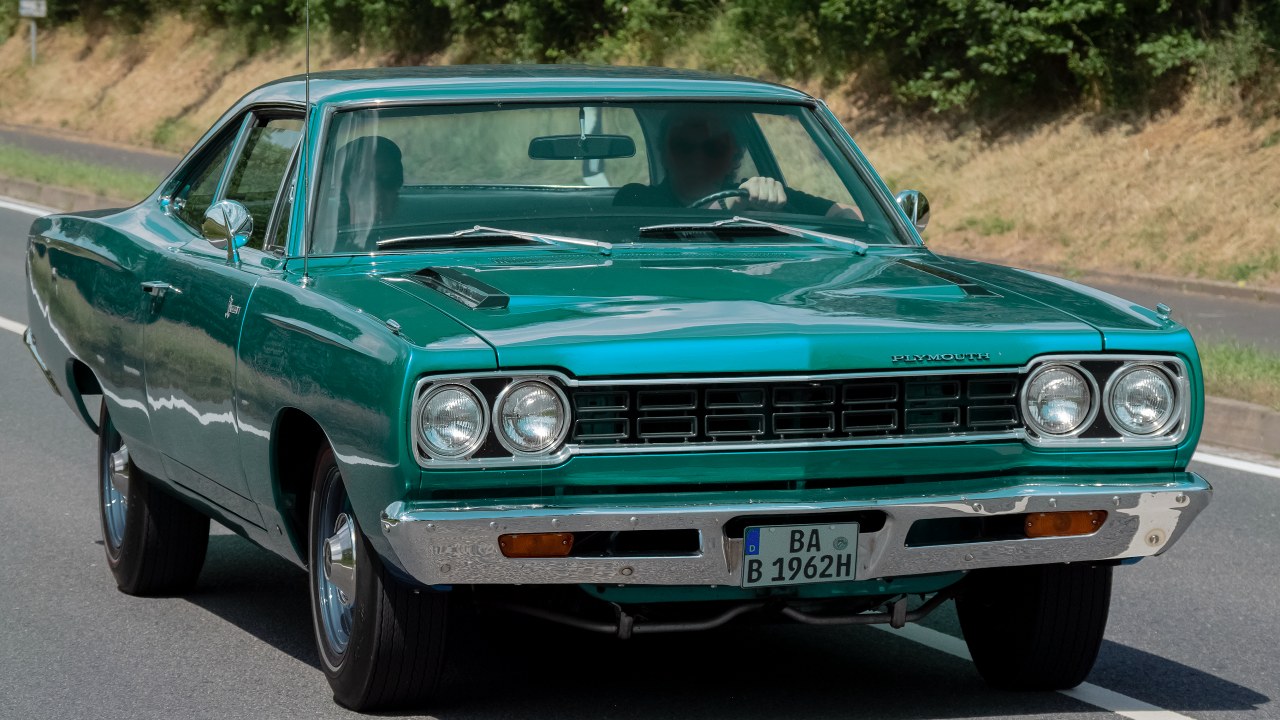
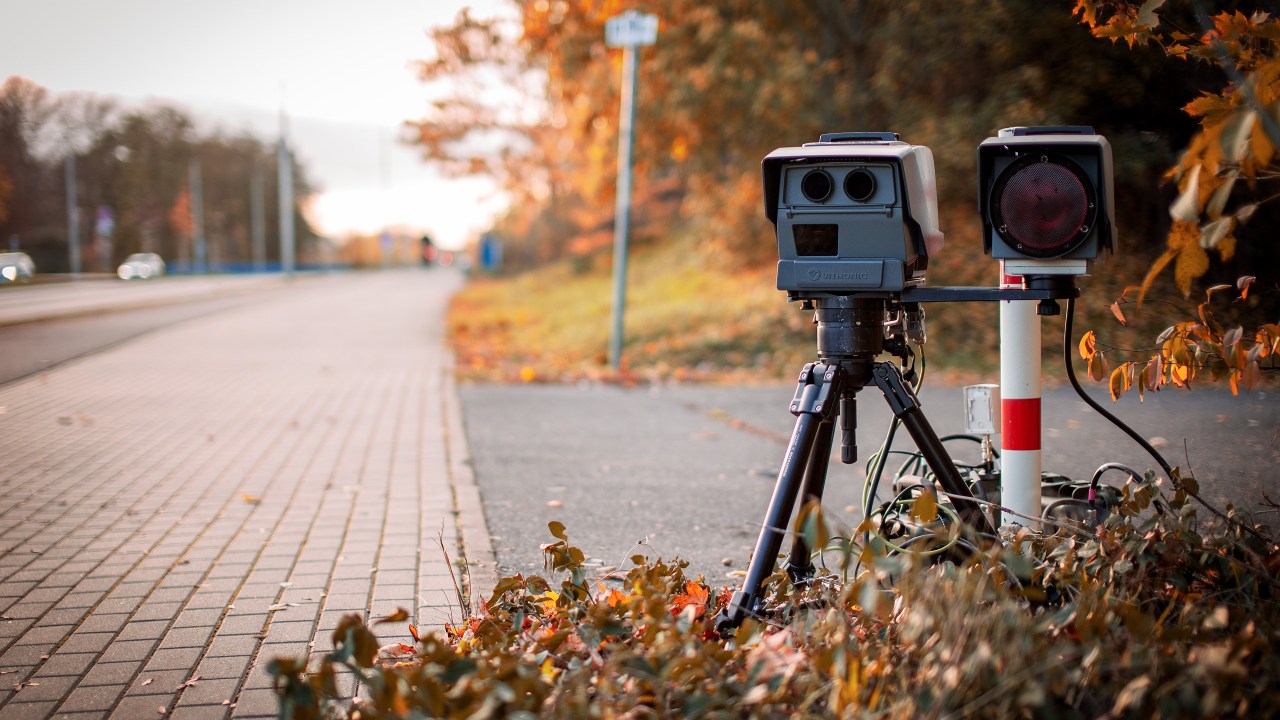
Leave a Reply